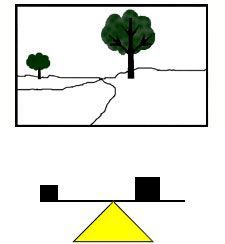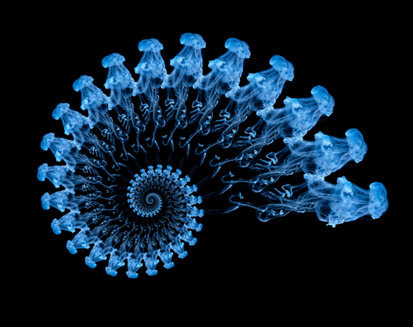<BALANCE>
- Sense of equilibrium.
- Places different parts of a visual in an aesthetically pleasing way of arrangement.


<PROPORTION>
- Relationship between two or more elements in a design.
<RHYTHM>
- Movement in which some elements recurs regularly.


<EMPHASIS>
- Creates a focal point in a design.
- Attracts attention to the most important element in the design.

<UNITY>
- The relationship among the elements of a visual that helps all the elements to function together.
- Gives the visual a sense of oneness.
- Organizes an image, helps in facilitating images and understandings.
- Can be achieved through the use of similar shapes, common patterns and common background.

<HARMONY>
- All parts of elements in a visual image relate to and complement each other.
- Can be achieved through repetition and rhythm.

<REPETITION>
- Tends to unify the total effects of an artwork.
- Creates rhythm.
- Can be in form of exact duplication, near duplication, or duplication with variety.



No comments:
Post a Comment